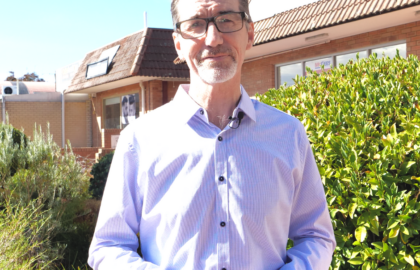
Find out the latest Australian property market figures for each capital city and what it means for you as a seller.
The first half of 2023 defied predictions and produced mixed results in Australia’s property market.
Property statistics firm CoreLogic released its latest monthly report, sharing intriguing figures that home buyers and sellers will find interesting.
Highlights and statistics from May 2023:
- Overall dwelling values in capital cities and regional areas were 6.8-6.9% lower than last year.
- Month-on-month statistics for May showed a 2.3% increase in national average prices.
- Quarterly growth accelerated.
The growth trajectory for housing across Australia’s combined capital cities accelerated in May, although it slightly eased in the first week of June.
Capital city performance in May:
- Sydney: 1.8% growth for the month, 4.5% growth for the quarter
- Melbourne: 0.9% growth for the month, 1.6% growth for the quarter
- Brisbane: 1.4% growth for the month, 1.8% growth for the quarter
- Adelaide: 0.9% growth for the month, 1.1% growth for the quarter
- Perth: 1.3% growth for the month, 2.4% growth for the quarter
- Hobart: 0.5% growth for the month, -0.5% drop for the quarter
- Darwin: 0.4% growth for the month, -1.3% drop for the quarter
- Canberra: 0.4% growth for the month, -0.1% drop for the quarter
CoreLogic estimates 38,860 sales in May for all of Australia, representing a -21.5% drop compared to the previous year. The lower number of listings, except in Hobart, Canberra, and some regional centers, is helping to maintain strong property prices in Australia.
Additionally, the average time to sell a home is low, with the median being around 33 days. In capital cities, homes sell even faster, with a median of 29 days.
Regarding final sale prices, vendors are now offering less of a discount on their property across the combined capital cities markets compared to a year ago. Results are closer to asking prices.
For investors, rent value growth slowed in the 12 months leading up to May but remains high at 9.9%.
Lastly, Australia is building fewer homes. Monthly dwelling approvals fell by -8.1% in April, reaching the lowest levels since 2012. House approvals were 18.6% below the decade average, while unit approvals were -52.4% lower.
What does this mean for homeowners?
If you’re looking to sell, these figures indicate that now is a good time. Despite rising interest rates, there hasn’t been a flood of properties on the market. Stock levels and building approvals are low, and there is still demand from buyers both domestically and internationally.
If you have a home in fair to good condition in a desirable suburb, it’s likely you will sell close to or potentially above the agent’s valuation.
Similarly, if you’re able to invest, you should be able to find a home with good growth potential in almost any part of Australia.








